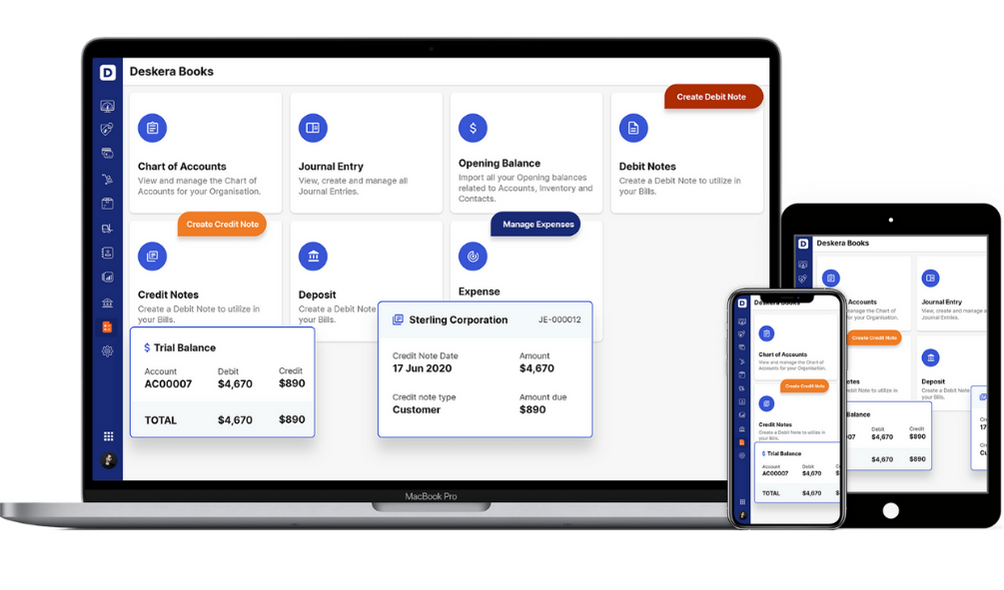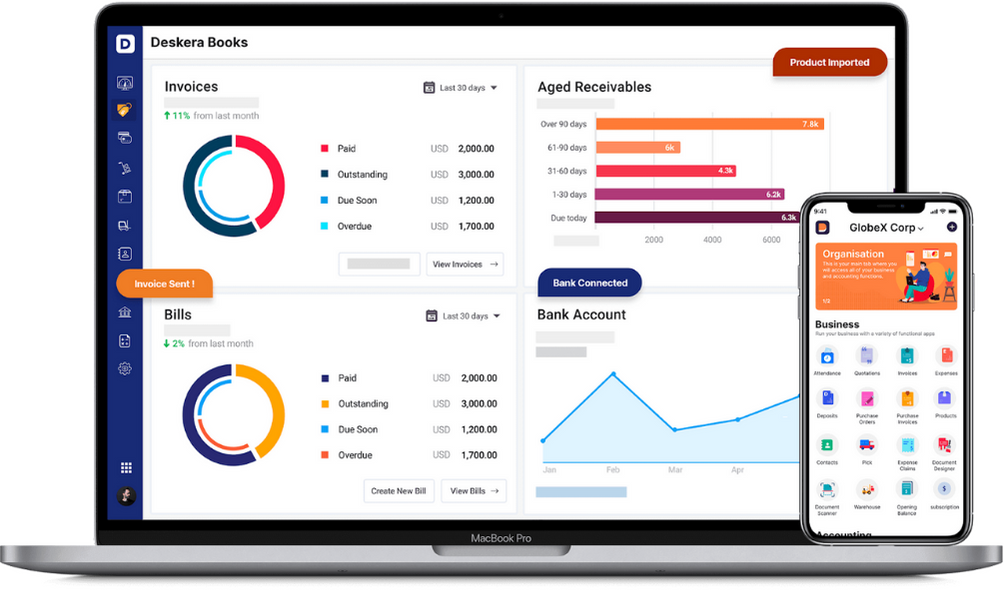As an investor, you would certainly want to assess a firm’s liquidity ratios as well as its solvency ratios which are important parameters to give a go-ahead for an investment decision.
It is essential for the investors to know whether or not the investment will be beneficial. For a clear understanding, the article will elaborate upon the following points:
- Definition of Liquidity
- Definition of Solvency
- What is Solvency Risk?
- Comparison between Liquidity and Solvency
Investing decisions are based on liquidity ratios and solvency ratios. An organization's liquidity ratio measures its ability to translate its assets into cash. In contrast, the solvency ratio determines whether a company is capable of meeting its financial obligations.
Definition of Liquidity
Liquidity in accounting refers to a company's ability to pay its liabilities as due, in a timely manner. An abundance of current assets and cash indicates high liquidity.
The ease with which an asset can be converted into cash quickly and at a minimal discount is also considered while estimating liquidity. A liquid asset is one that has an active market with many buyers and sellers. It is still possible for companies that lack the liquidity to go bankrupt despite being solvent.
Definition of Solvency
The business' long-term financial stability is called solvency. Solvency refers to the total assets being greater than the total liabilities of a company. An assessment of solvency is based on solvency ratios. By measuring these ratios, we can determine if the business can repay its long-term debts and interest.
Solvency Ratio Formula
The formula for the Solvency Ratio is given by:
The steps to calculate the solvency ratio are as follows:
- Adding all non-cash expenses to the after-tax business income will provide the approximate cash flow generated by the business
- Then, liabilities for both short- and long-term are added together
- Total liabilities divided by adjusted net income
What is Solvency Risk?
Despite disposing of its assets, an organization faces the risk of not being able to meet its financial obligations at full value. Insolvent businesses are unable to pay their debts and will be forced to file for bankruptcy. A company's financial statements should be examined thoroughly to ensure the business is solvent and is in a profitable condition.
Comparison between Liquidity and Solvency
The following table gives away the differences between liquidity and solvency:
How can Deskera Help You?
Deskera Books simplifies your life with an online accounting and invoicing application. All documents related to your financials can be viewed in one place, including invoices, expenses, and contacts.

It is an excellent platform for small businesses that are just getting started and have a lot to figure out. The software enables them to monitor timely deliveries and remain on top of client requirements.

In case you run a drop shipping business, you will find creating dropship orders based on customer orders very easy.
You can expect to simplify your work with the help of our well-designed templates. With our templates designed for multiple actions, that includes creating invoices, quotes, purchase orders, back orders, bills, and payment receipts, you can now focus on the core tasks of your business.
Deskera People is a platform simplifies and expedites processes as well. You can now concentrate on the major activities of your business without having to worry about mundane tasks such as hiring, payroll, leave, attendance, and others. All these processes can be automated with Deskera to make accounting much easier for businesses. In addition, it integrates Accounting, CRM, and HR software to support business growth.
Key Takeaways
It is important to grasp the fundamentals of solvency and liquidity and misinformation about either of them could have serious repercussions on business operations.
- Despite measuring the ability of a company to pay its obligations, they are not interchangeable since both attribute to different ranges and objectives
- Liquidity in accounting refers to a company's ability to pay its liabilities as due, in a timely manner
- The business' long-term financial stability is called solvency. Solvency refers to the total assets being greater than the total liabilities of a company
- Financially troubled companies may have difficulty attracting customers and vendors. Unexpected bankruptcy can happen to a business in certain extreme cases
Related Articles












